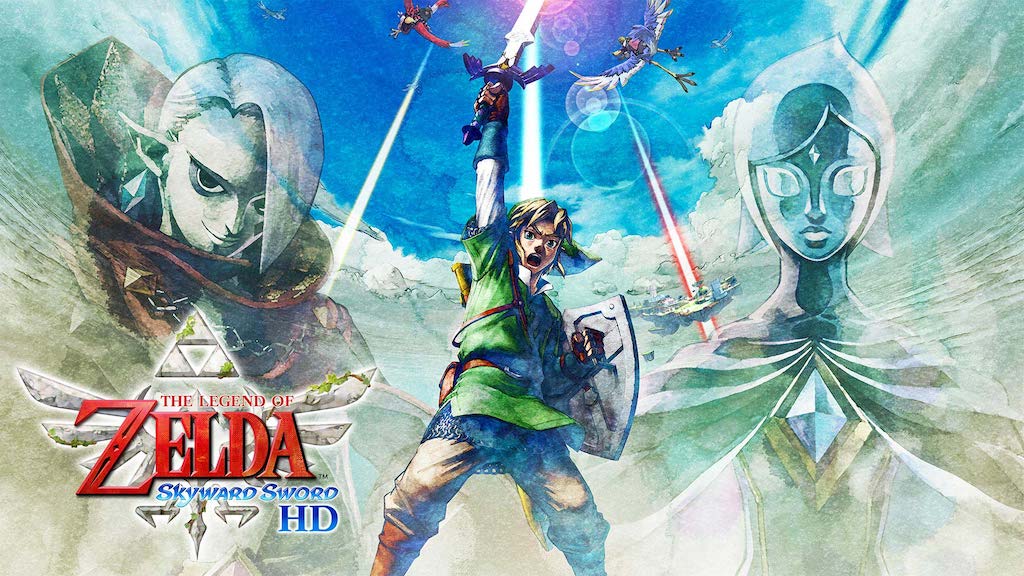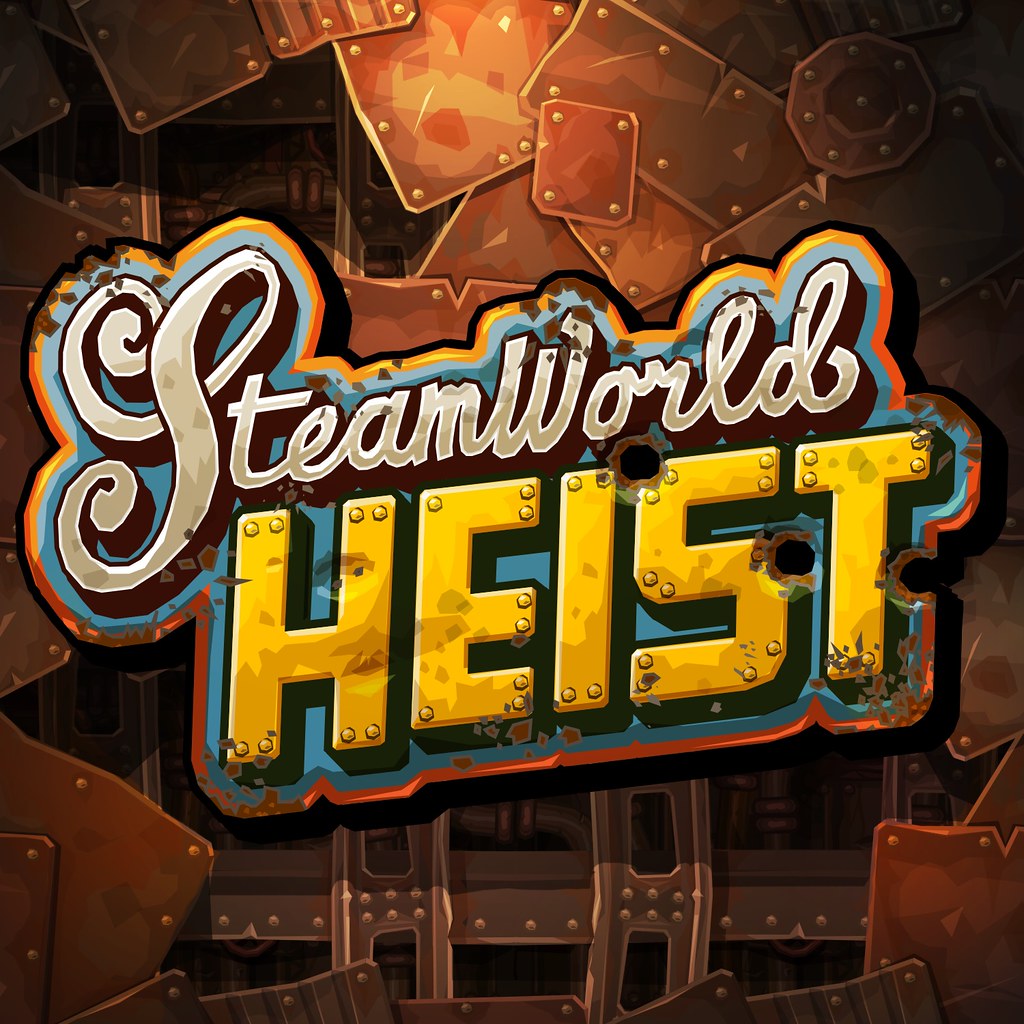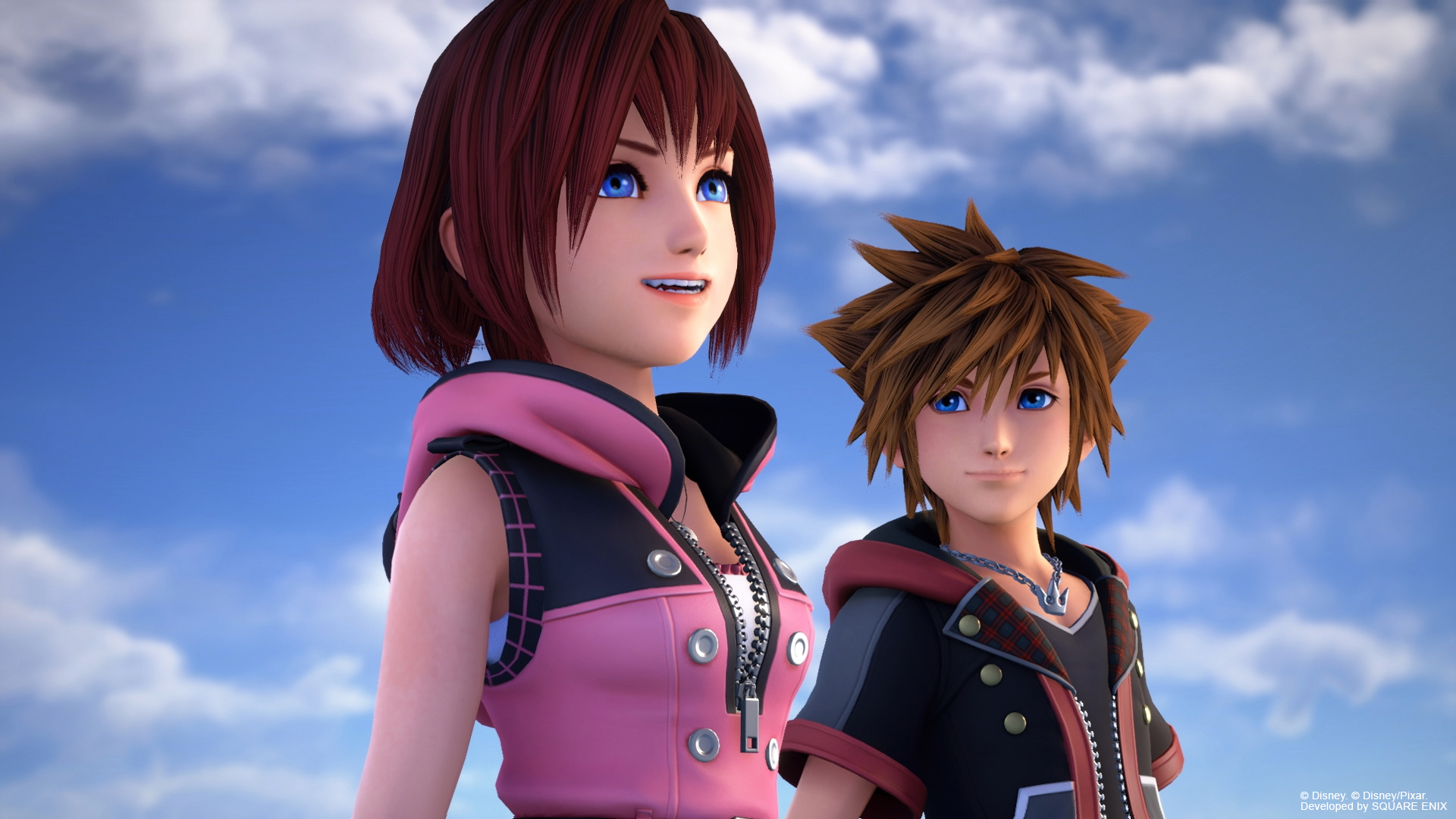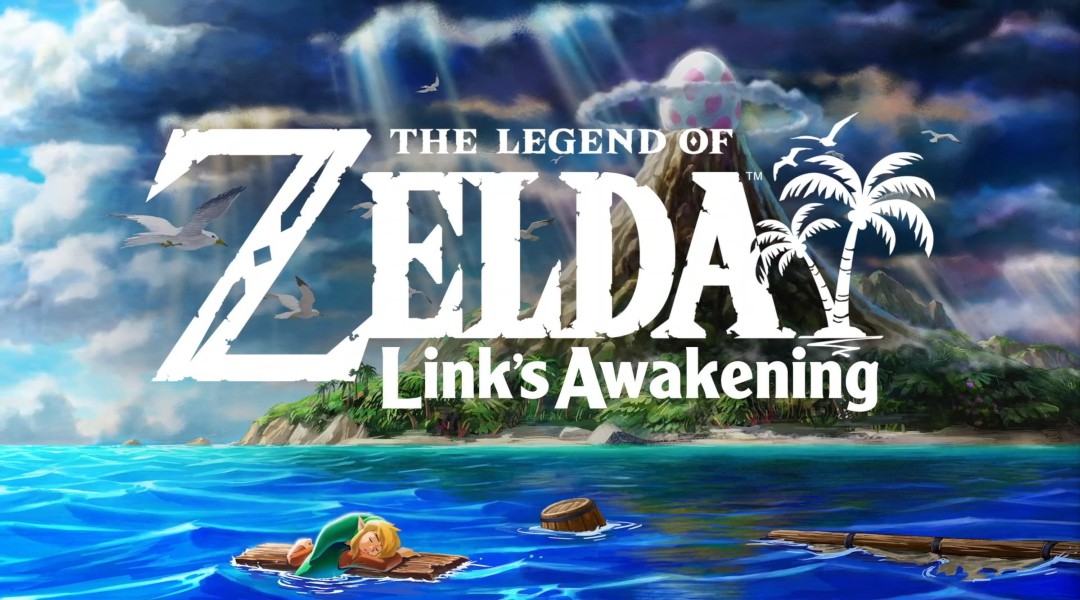Fire Emblem has an interesting history. Released on April 20, 1990, known as Fire Emblem: Shadow Dragon & Blade of Light, the game became wildly popular in Japan due to its unique features of permadeath and its intuitive and groundbreaking control of units on a grid-like battlefield. Its influence is still seen to this day in many popular titles from Final Fantasy to Dragon Quest.
Over time, the series has had its ups and downs, with Nintendo at one point contemplating discontinuing the franchise for good. As it so happened, my first venture into the Fire Emblem series was what was supposed to be its last. The appropriately named, deteriorated turned revival of the tactical based RPG franchise Fire Emblem: Awakening on 3DS had me fall in love with its combat, characters and story. It’s sequel Fire Emblem: Fates expanded upon that love with multiple branching stories and characters to choose from.
Enter Fire Emblem: Three Houses. The first game in 13 years to be published on Nintendo’s main console. Does it have what it takes to soar Fire Emblem to new heights? Or does Three Houses leave something to be desired on the Switch?

The answer is a little of both. But it takes some digging to see why.
Beginning with the story, you play the role of a Professor who is tasked with teaching one of the Three Houses of Fodlan. Each house comes from a respected country. The Black Eagles, The Blue Lions, and The Golden Deer each have goals and motives in mind, and each of their house leaders wants you to teach their house and lead them to victory and glory. The mystery of the House leaders ambitions is where the meat of the story is and where many of its twists, turns, and confrontations collide.
Despite this, the story for roughly the first 20 hours feels a bit slow. If you’ve ever watched a show or movie where you got frustrated by the character not asking the right questions at the seemingly right time, all for the sake of holding out on the plot, then this will be sure to annoy you. Characters blindly leave things up to chance to see what might happen next despite the dangers in rolling with it. There are hints, small bits of information that are given to the player to entice them to keep playing for the story, but I found them so minute I started not to care all that much.
After the first 20 hours were over, the story started to pick up a bit and I was generally more interested in what was going on. There are some twists that come out of nowhere, but it makes sense given the background surrounding them. By the end of the game I was thoroughly enjoying the story, I just wished it didn’t take so long for it to get moving. The world of Fodlan is immense spanning different cultures and religions. You really get the sense that Fodlan is a living, breathing world. Beating the game with the Golden Deer house, I found the ending fitting and enjoyable, even if the last battle was a breeze for me. However, that gripe leads to the next section of Three Houses.

The gameplay of Fire Emblem: Three Houses feels familiar to veteran players. Players are given control of units to move and attack on tiles as they see fit. With over 35+ classes for characters to take on, there are many options for customizing your House. What does make Three Houses feel different, is its focus on the social aspect of the game.
Building support between characters has been a staple of Fire Emblem for many years. However, the interactions between you and them are significantly deepened with this new system…for better or worse.
As you progress through the game, you will eventually pick the house you want to teach. As the professor, you are tasked with teaching them whatever skills and abilities you want them to learn. Each student is basically a blank slate with some experience already gained in a skill of their own choosing. However, you can change their goals to focus on a different skill if you want. You can even team them up with other students to help build a certain skill together (which in turn helps build support between the two; raising their evasion and strength on the battlefield). The variety and freedom to tailor your students to how you want them to play makes for some of the most enriching experiences in Three Houses.
When you’re not in battles you’ll be spending your time at Garreg Mach Monastery where you can share meals with your students, give them advice, join them in a choir rehearsal, make food with them, and even have tea with them. Doing many of these things builds up their motivation. The higher their motivation the more they’ll be able to learn a skill of your choosing. The social aspect in Three Houses adds more depth to each character than any past Fire Emblem game has ever done. Students will ask you for advice on what they want their goals to be and you can choose for them to stick with focusing on what you want or focusing on what they want. The game feels very real and mature at times.
The only drawback to this is it can feel like the social parts get in the way of the story at times. During the middle of the game I found myself rushing through the social interaction at the monastery just to get to the battles because, well, that’s what Fire Emblem is primarily known for, right? More and more, I wanted to experience the tense feeling of combat. The constant back and forth between the monastery and battles kind of hindered the flow of gameplay for me. You can set the game to automatically teach your students, but you miss out on leveling up individual skills you might want specifically for a certain character.
You can also recruit characters from other Houses to join your house (with the exception of other House leaders). Students not in your house will naturally have things they’re looking for in order to join. If you satisfy their conditions, such as having high riding and dexterity abilities, they will be open to joining your house. Before I knew it, my House had grown larger than it was when I started, and I found many of the interactions between characters of my house to be some of the most genuine and thought-provoking experiences I’ve seen in a long time. These aren’t just wooden, throwaway characters. Each one has goals, motivations, and fears that carry them throughout the game. Three Houses character progression is simply astounding.

However, the gameplay is not all flowers and rainbows. While being able to customize your students and watching them ascend the ranks of classes is very fun, I found the battles to be lacking in actual deep strategy or difficulty. I chose to play on the normal difficulty in classic mode (meaning permadeath is turned on), and battles were genuinely a breeze. There are certain tiles that offer defensive and offensive buffs, as well as certain field weapons, but I rarely felt the need to use them until the final few chapters of the game.
During my time with the game, my strategy consisted of primarily three things: make sure I don’t have multiple enemies locked on to one student (unless I knew for sure they could take the damage), use the forest for cover as it added an extra defensive boost for units when attacking, and position my healer behind the majority of the group for easy healing from far away units. Naturally, certain weapons were more powerful against certain enemy units such as an archer>mounted flyer. But my strategy remained primarily unchanged the entire game, and considering that this is a tactical rpg game, I think that’s a problem.
What couples this issue is the addition of a game mechanic known as Divine Pulses. They allow the player to turn back time in case they make a fatal mistake. I started off with a small number of them, but by the end of the game I had more than enough. I don’t consider myself a master tactician or anything close to it, so the fact that I rarely had to use them in the beginning of the game to later having a surplus of them makes the game feel a bit too easy.
There’re also some technical issues with the game. The game is pushing the Switch to its limits and at times it’s not hard to see how. There were a few times when I would run into a door, expecting it to open fully to let me outside, but it remained closed with a small insignia lighting up in the right-hand corner of the screen signifying a loading screen. On average when it happened, it took about 5-7 seconds, but it still disrupted the gameplay when it occurred. I also found some slow down walking around areas where you can meet an obtain items from other players online.

Considering everything I’ve said, you probably think I dislike the game? Well, no. It still plays very well. Many of my complaints are my own and aren’t necessarily the fault of a game designer. It still plays very well. The cutscenes are animated beautifully even if they can seem a bit stiff in some scenes (The discussion of the limits of 3D anime is a topic for another article). The story isn’t as fast as I want it to be and I found the difficulty to be too easy for me, but maybe it’s just right for someone new to the series. I could see how this game could be a great starting point for those new to Fire Emblem.
With all that said, maybe I really am just a master tactician. Yeah, I wish.
Final Score: 8 slices of pizza out of 10
Kaz is a closeted weeb who spends more time playing videogames/watching anime than he should be writing.









